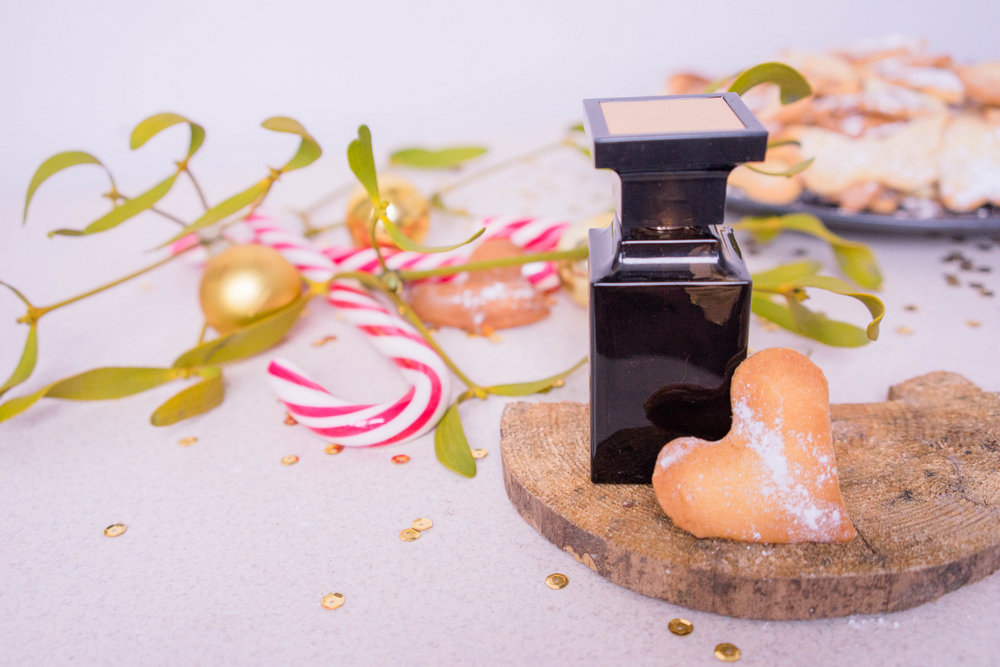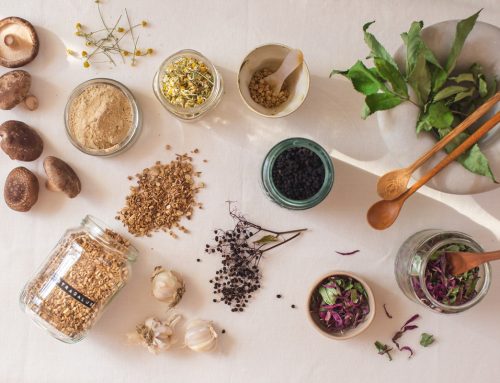Mistletoe and Health
One of the many Christmas holiday traditions that we enjoy is mistletoe. It is a custom that most do not fully understand, but it is fun to follow along. The magical mistletoe hold over holiday lovers started way before the first office Christmas party. The tradition of kissing under the mistletoe started in ancient Greece. It was practices during the festival of Saturnalia and later in marriage ceremonies, because of the plant’s association with fertility.
What is Mistletoe?
There is a wide variety of host trees, such as pine, oak, birch, and apple, that can grow mistletoe, which is a hemiparasitic plant. Hemiparasitic is a term used to identify that the mistletoe plant carries out photosynthesis independently but obtains water and minerals from the host.
Scientific Name
Viscum album L. (European mistletoe) and Phoradendron tomentosum (DC.) Engelm. ex A. Gray (Christmas mistletoe).
Common Names
Mistletoe, bird lime, all heal, devil’s fuge, golden bough, mistel (German), Iscador
Medicinal Applications
For centuries mistletoe has been used in Europe because of its medical benefits towards treating epilepsy, infertility, hypertension, and arthritis. Naturalist and Roman Author naturalist Gaius Plinius Secundus revealed that the Celtic priests, known as Druids, had great admiration towards the oak tree and the mistletoe that grew on it. During winter, they had a celebration called the Samhain, and on the sacred oaks, you could not miss the boughs of mistletoe since the trees were bare, and that was all that remained, to them this signified fertility. In the past, the Celts would place a spring of mistletoe above their house; it was believed that its sacred nature would prohibit fighting beneath it. That is how the custom of kissing underneath the mistletoe at Christmas evolved over the centuries.
In the 1920s, the idea that mistletoe could be used to treat cancer was suggested by the Austrian anthroposophical spiritual leader Rudolf Steiner. He based his suggestion on the observation that mistletoe, just like cancer, is parasitic and lethal to its host. German and Swiss clinics were founded in order to take this idea into action. Swiss and German clinics were founded to implement this idea and still actively use a mistletoe preparation fermented with a strain of Lactobacillus for 3 days. Mistletoe extracts contain several toxic proteins, several of which are lectins, or proteins capable of binding to specific sugars.
Caution! Mistletoe contains toxic constituents. Avoid use during pregnancy or lactation.
Contact your primary health provider or Dr. Brandy McGill at Moonstone Naturopathic to learn how mistletoe can impact your health.
Information used to create this article was retrieved from Drugs.com and live science.






